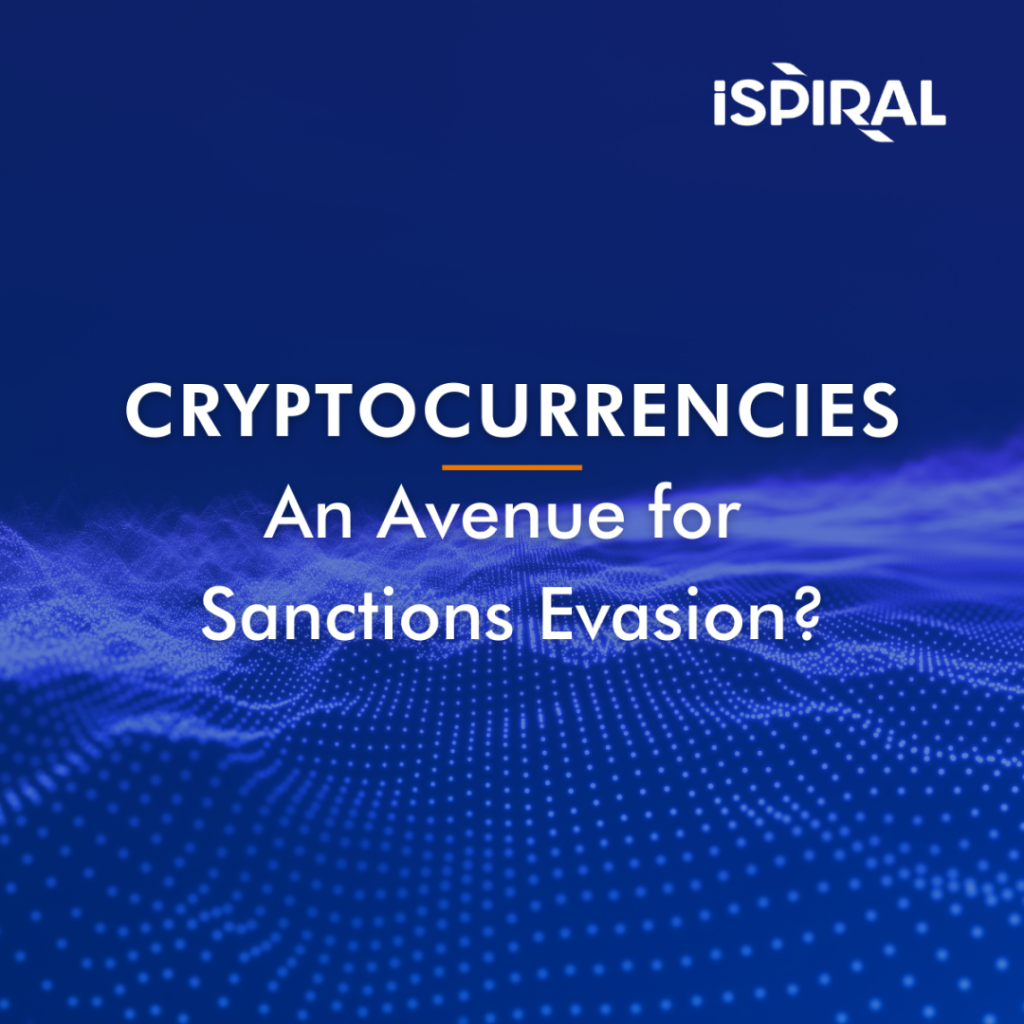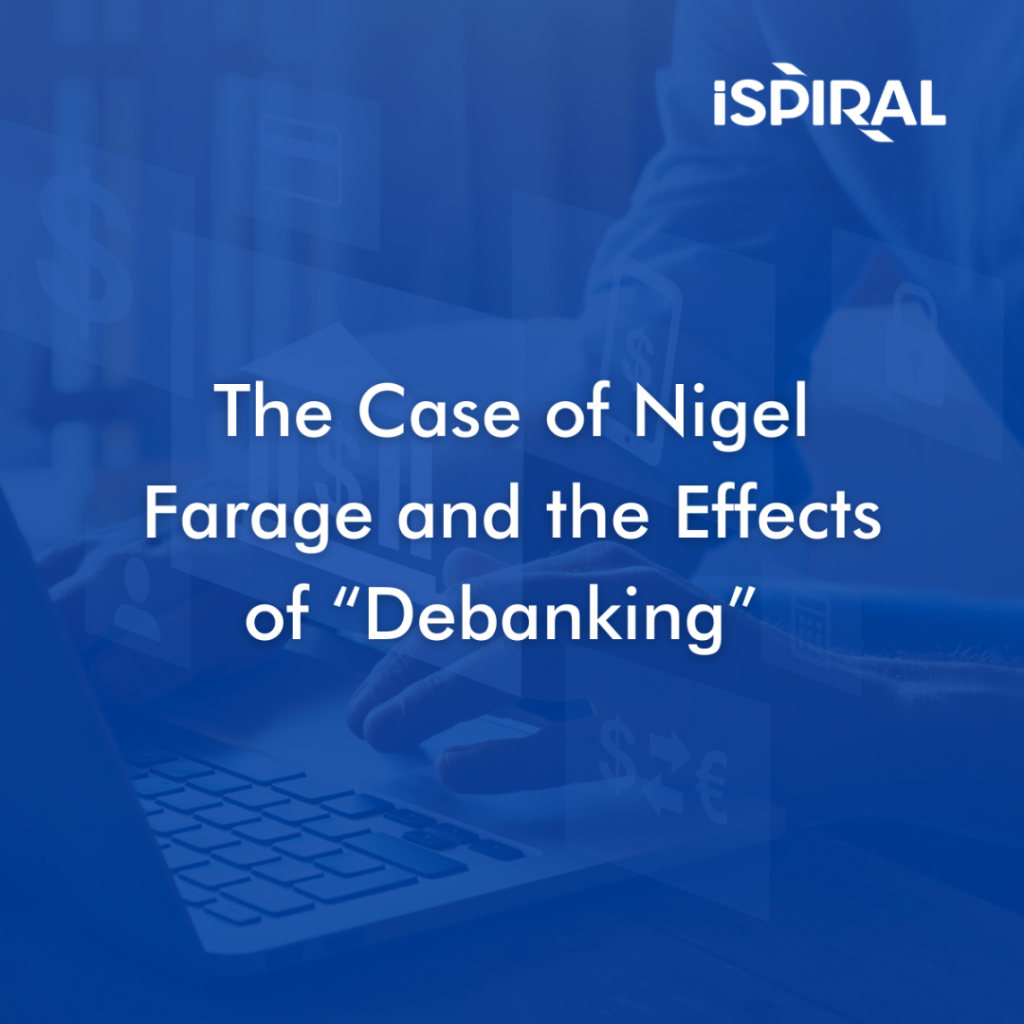Blockchain technology has transformed the way we store and transfer data, creating a secure and decentralized network that allows for transparent transactions without the need for intermediaries. At its core, blockchain is a distributed ledger that records and verifies transactions between parties, creating an immutable record that cannot be tampered with.
NFTs are a recent innovation built on top of blockchain technology, leveraging its inherent security and transparency to create a new type of digital asset. Unlike traditional cryptocurrencies like Bitcoin, which are fungible and interchangeable, NFTs are unique and one-of-a-kind, representing a specific item or piece of content.
In practical terms, an NFT can represent ownership or proof of authenticity for a digital asset such as artwork, music or video. By creating a unique digital asset and assigning ownership through an NFT, creators can monetize their work and provide a new level of authenticity and scarcity to the digital art market.
Understanding Money Laundering (ML) Risks of NFTs
Criminals are always looking for new ways to launder money and fund their illicit activities, and NFTs are just the latest innovation to catch their attention. NFTs offer a new avenue for money laundering and terrorist financing because of the following characteristics:
- Anonymity: The use of pseudonyms or anonymous wallets makes it difficult to identify the parties involved in NFT transactions, which can facilitate money laundering and terrorist financing.
- Lack of regulation: The lack of specific regulations for NFTs makes them a potential loophole for illicit activity, as there are no clear guidelines on how to monitor and prevent financial crime in this space.
- Subjective valuation: NFTs can have varying valuations and there is a lack of transparency in the market, which can lead to overvaluation or undervaluation of assets and make them vulnerable to money laundering and fraud.
- Smart contract vulnerabilities: Smart contracts, which are used to create NFTs, can contain vulnerabilities in their code that can be exploited by hackers to steal funds or launder money.
- Money laundering through art market: The use of NFTs to purchase and sell digital artworks can be used as a means to launder money since the art market has long been associated with money laundering.
- Cross-border transactions: NFTs allow cross-border transactions, making them an attractive option for illicit transactions that may involve money laundering and terrorist financing.
NFTs and terrorism financing (TF)
While NFTs themselves are not inherently linked to terrorism financing, they can potentially be used as a means to transfer and launder illicit funds.
For example:
- a terrorist group or individual could create and sell NFTs as a front for money laundering. They could use a legitimate-looking website or platform to sell the NFTs, and then transfer the funds to their own accounts through various channels to avoid detection.
- Terrorist organizations could use NFTs to raise funds for their operations or to provide financial support to their members. In this case, the NFTs could be marketed as a way for supporters to contribute to the cause and receive a unique piece of digital content in return.
Although these scenarios are speculative, the anonymity and decentralized nature of NFT transactions could make them an attractive option for criminals looking to move money without detection in these and many other ways.
The prons and cons of regulating NFTs
Mitigating the risks associated with NFTs is challenging due to the anonymity and their decentralized nature. Although NFTs are not always considered as “virtual assets,” the Financial Action Task Force (FATF) advises countries to evaluate the potential application of the FATF Standards to NFTs on a case-by-case basis. This highlights the need for regulatory bodies to remain vigilant and flexible in their approach to addressing the risks associated with NFTs, while also ensuring innovation and creativity in this space, and take into consideration the various prons and cons when implementing regulations on NFTs.
Table: Pros and cons of implementing regulations for NFTs:
| Approach | Prons | Cons |
| Implement KYC/AML procedures | Helps verify the identities of users and prevent illicit activity – Can detect and report suspicious activity to authorities | – Deterring some users who value anonymity – Costly and time-consuming to implement – False positives may flag legitimate transactions as suspicious and cause delays or disruptions |
| Regulate the NFT market | -Provides clear guidelines and regulations to prevent abuse -Ensures transparency and fairness in the market | – Overregulation may prevent innovation and growth – Difficult to enforce in a decentralized market – Barriers to entry for smaller players |
| Improve transparency | – Can help prevent overvaluation and undervaluation of assets – Reduces the risk of fraud and money laundering – Increases trust and confidence in the market | – Difficult to achieve in a decentralized market – Requires significant effort and resources to implement – May not be enough to prevent all illicit activity |
| Conduct audits and security checks | – Helps identify and fix vulnerabilities in the system – Reduces the risk of hacks and other security breaches | – Costly and time-consuming to implement – May not catch all vulnerabilities or attacks – False sense of security if not done thoroughly |
| Educate the public | – Helps raise awareness about the risks of NFTs for money laundering and terrorist financing – Encourages responsible use of technology | – May not be enough to prevent all illicit activity – Not effective without other approaches such as regulation or improved transparency |
Finding the Right Balance between NFTs and regulations
While regulation can be seen by some as a hindrance to innovation, it is important to strike a balance between promoting innovation and preventing the misuse of technology for illicit activities. Clear regulations and guidelines can provide a level of certainty and stability for the NFT market, while also helping to mitigate the risks of financial crime.
By designing systems that prioritize transparency, security, and accountability, it is possible to ensure that the potential benefits of NFTs are realized while minimizing their potential for misuse.
Ultimately, it will be up to governments, regulatory bodies, and industry stakeholders to work together to develop effective and practical solutions that balance innovation and security in the evolving landscape of blockchain technology and digital assets.



